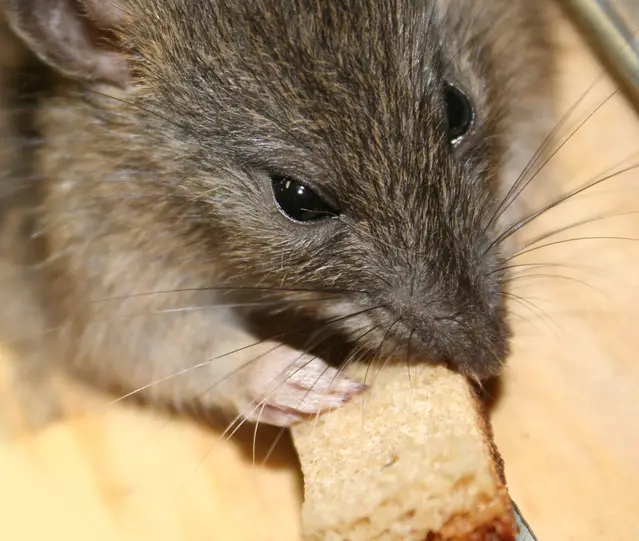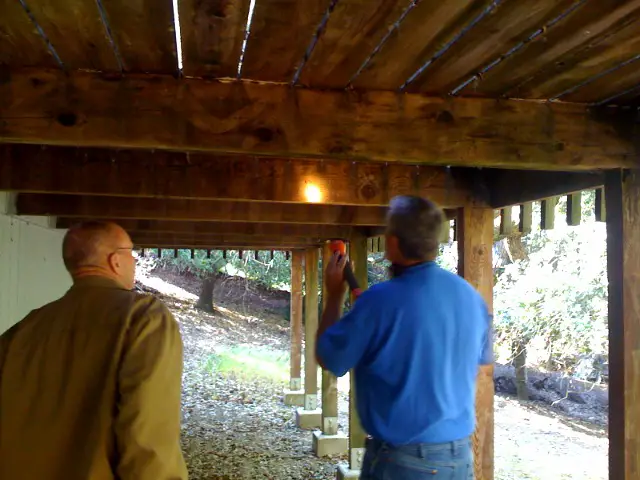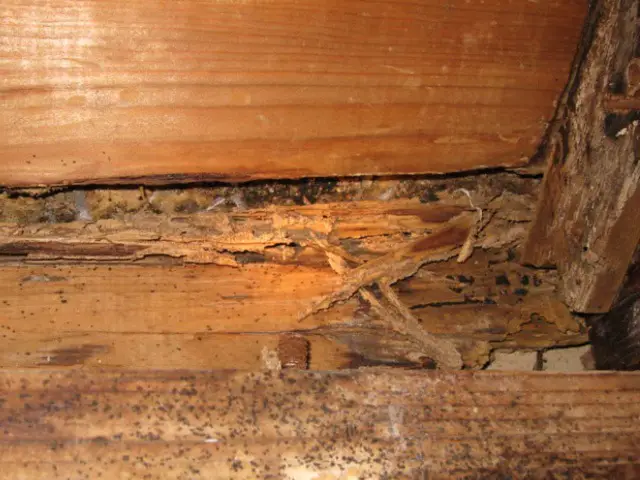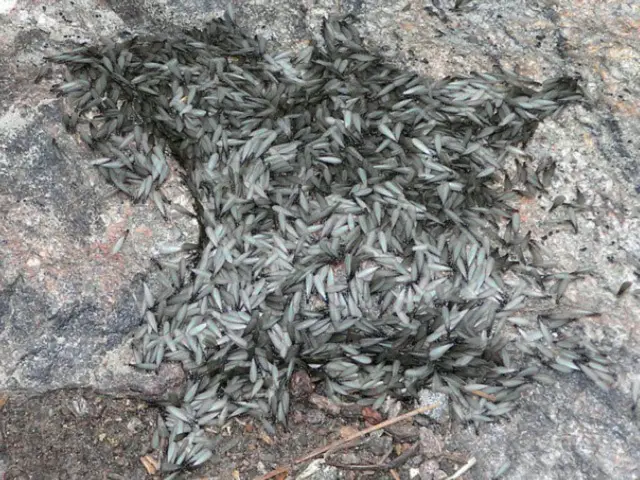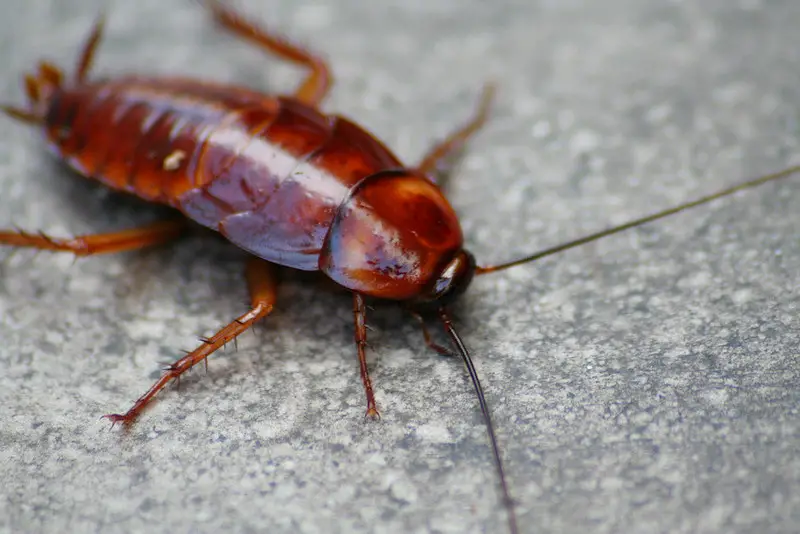Rodent control is your only option if rodents invaded your home. A rodent infestation can be a real nightmare. According to the Centers for Disease Control and Prevention, rodents carry some of the deadliest diseases. Rats have been blamed for spreading the Black Death around Europe in the 14th century. Historians estimated that the fleas on rats were responsible for 25 million plague deaths. But the question is: “What are proven rodent control methods?”
Proven rodent control includes a combination of prevention, rodent-proofing, baiting, and rodent trapping.
Their eerie noises- the scratching, scurrying, gnawing- can easily keep you up at night. It’s enough to drive any homeowner crazy! Unfortunately, mice and rats are more than just unwanted, pesky, uninvited house guests. The word rodent literally means to “gnaw,” and rats and mice will chew through valuable materials in your home like electrical wires and attic insulation, leaving you with a dangerous mess.
Rodent Control Through Inspection
Inspection is a critical first step in rodent control. Only once you know the location of rats, mice, and other rodents can you start getting rid of rodents. After the rodent inspection, you will know the types of rodents (rats, mice, squirrels) you have and their location, so you can proceed with excluding them.
What causes rodent infestation?
Whether you’re interested in getting out ahead of a rodent problem or suspect that you may be facing a rodent infestation, you shouldn’t feel hopeless or powerless. Mice and rats are sneaky and resourceful, and they can be very difficult to control. But we can confidently say there are many successful methods for rodent proofing and reclaiming control over the safety and cleanliness of your home.
Related posts:
- Can Skunks Climb Fences?
- Do Skunks Live Underground?
- Do Squirrels Drink Water?
- How to keep squirrels off the roof?
- How To Get Rid Of Raccoons In The Attic?
What are the signs of rodent infestation?
The proven methods for preventing and controlling rodents in this article work best on the three most common types of commensal rodents: the Roof Rat, the Norway Rat, and the House Mouse. It’s worth taking the time to familiarize yourself with the characteristics of each, as they have their own distinct habits, and rodent control methods should be tailored to each. Here’s a basic overview:
- Roof Rat: Physically, roof rats are long and slender with pointed nose. They are sometimes even mistaken for mice. Roof rats are notoriously great climbers and enter through weak spots in the roof and nest in the attic.
- Norway Rat: You can tell the Norway rat apart by its heavy and thick body and flat nose. Highly cautious, they rarely move outside a 30-foot radius of their nest and are known to outsmart simple rodent traps. They prefer dark and moist areas, like basements.
- House Mouse: The House Mouse is very small from head to foot; its tail is much longer than the length of its body. Unlike its rat rodent counterparts, the house mouse is very curious and will venture out and away from its nesting place. They are often found in kitchens, pantries and other warm, dry places with access to food.
How do you get rid of a rodent infestation?
This list is a mix of simple and effective prevention steps that you can take on your own and highly effective professional procedures that are proven methods for successful rodent control.
How to rodent proof your house?
The first step to rodent proof your house is to seal all outside entry points. Carefully evaluate the exterior of your home. Rodents enter attics through small, weather-worn holes or openings such as vents and chimney pipes. Remember that rats can enter through a hole that is only ½ inch in diameter, and mice can squeeze through a hole ¼ inch wide!
To effectively keep rats and mice out of your attic, begin walking the perimeter of your home. Inspect carefully, and find and seal any spots in your home’s outer walls that could be an entry point. Not quite sure what you’re looking for? Contact a local pest control expert to do a thorough inspection. They will find and seal all possible entry points with steel and a polyurethane sealant!
What is the most effective rodent control?
The most effective rodent control starts with repairs to keep rodents out of your home. Rodents are crafty, intelligent, and determined creatures. Where there’s a will, there’s away. They will take advantage of any weakness on your property. Take precautions and guard your attic by looking for any holes in your roofing. To do this, lift up damaged shingles and pry out the nails underneath. The damaged shingles will slide out. Underneath, you’ll need to repair the hole in the roof, then replace the old shingles with new ones. You can use roof cement to securely reinforce the new nails.
Other repairs you may need to consider are vent covers and a chimney cap. If you have uncovered vents or chimneys, you’re practically inviting rodents inside your attic! This is a relatively easy fix, but it is important to use a cover made of wire, not mesh, to keep rodents out.
Trim the Trees
Rodents are adept climbers. Squirrels, raccoons, and roof rats will make use of long and low-hanging branches that brush up against your roof to gain access to your attic. Trim back tree branches to at least 8 ft away to effectively restrict rodents from your roof.
Keep a Clean Kitchen
Rodent can sniff out a snack from a mile away. They are attracted to fresh grains- cereal, granola bars, and bread, to name a few. Crumbs on the counter, dirty dishes, and pantry access are all part of a rodent’s paradise. Don’t make your home attractive or sustainable for rodents. Once they nest, it is very difficult to remove them. Clean up the mess! Wipe down counters and do dishes daily. Rodents can chew through zip lock bags or cardboard containers. Instead, store food in airtight Tupperware containers.
Rodents in the kitchen are especially dangerous for two reasons: they will gnaw on the electrical wiring on your appliances, which can lead to an electrical house fire. Rats and mice also carry harmful diseases. These are spread through their droppings and could become airborne, infecting your food and eating area.
Clear the Perimeter
You want to have eyes on the complete exterior of your home. That means no woodpiles or compost piles up against the house! These are perfect hiding places for rodents that want to weasel their way in. These spots collect standing water and provide a water source for rodents as well. Don’t leave yourself vulnerable. Also, trim any shrubbery or bushes that are right up against the siding or foundation that could be obscuring your view of possible entry points for rodents.
Check for Moisture
Rats and mice seek out moist areas to live because where there is moisture, there is a water source. They need this to survive. Carefully check your basement for any cracks or leaks that may lead to collecting standing water. It is worth considering a dehumidifier if your space is leak-free but still damp.
How to rodent control your attic?
House rats and other difficult rodents are known to tunnel, burrow and nest in the fluffy, cozy insulation in the attic. After they’ve shredded and nested in it, it’s ineffective and useless to you. But more concerning than that, it can actually become a very dangerous situation. Rodent urine and feces not only ruin the insulation but are contaminated with harmful diseases that can become airborne. The insulation is then a hazardous material that should only be handled and removed by professionals with proper gear and know-how.
For the health and safety of your family, have professionals sanitize your attic and, if need be, decontaminate and remove any hazardous materials. Rodents seek out dusty, cluttered spaces. A deep, professional-grade attic cleaning will make your home less attractive to rodents looking for a nesting ground.
Scope out the Garage
Although the garage isn’t part of your actual living space, it likely houses some of your most valuable possessions-your cars, storage items, maybe expensive tools, or a lawnmower. Unfortunately, rodents can often gain easy access to a garage by squeezing beneath the crack between the garage door and the driveway. Rodents have been known to gnaw on, scratch or even nest inside the engines of vehicles or machines. Simply applying a sealing protect strip/ stopper on the bottom of your garage door is just one more simple step to keeping rodents out and protecting your property.
Rodent control can be difficult, but the greatest success happens when you team up with professionals for a thorough consultation and plan of action. Take back control and stop rodents before they become a problem.
Attic rodents and their diseases
Rodents wreak havoc in any environment they find suitable to occupy. For example, rats tend to chew on wires, eat through cardboard and leave waste all over everything.
Noises in the attic? Rats will often hide in cluttered spaces. Rodents wreak havoc in any environment they find suitable to occupy. For example, rats tend to chew on wires, eat through cardboard and leave waste all over everything. Some of these pests could potentially carry hazardous diseases that can be transmitted to humans.
Common attic rodents include rats and squirrels, and even bats in some cases. The first sign of noise coming from your attic, call the pest control professionals before they breed and multiply.
Related post: Do Cats Eat Squirrels?
Place humane rat traps in the attic, along the walls and in obvious places where rodents travel or leave droppings. Do this by following the Mousetrap technique we have mentioned before.
Clean out your attic. Or at least have it cleaned by professionals. These curious rodents (mice and rats ) like to nest in filthy, messy spaces. So be sure to remove any cardboard boxes, newspapers, and garbage. Rodents steer clear of open spaces.
Squirrels
Drop mothballs or other natural repellents throughout your attic. Squirrels find the powerful, overwhelming smell of mothballs horrid and may leave. Immediately seal off any holes or cracks to prevent new invasions.
If the mothballs fail, set several cage traps throughout your attic. Use cereals, nuts, grains, and popcorn as squirrel bait. These make the most effective bait.
Look for signs of loose siding, open vents or holes. So seal off even small spaces. Trim back trees hanging near your attic.
Periodically check your traps, at least once a day
Removing bats, rats, mice, squirrels or whatever critters that have found shelter in your attic should be done by professionals. Call and consult a pest control company to identify and remove any rodents in your home and attic.
According to the CDC, rodents can carry over 35 diseases:
- Hantavirus
- Bubonic plague
- Salmonellosis
- Rat bite fever
- Hemorrhagic fever with renal syndrome
- Lassa Fever
- Arenavirus
- Tularemia
- Leptospirosis
- Tapeworms
Always wear gloves when handling stray rodents and be cautious to avoid contracting any potential diseases.
